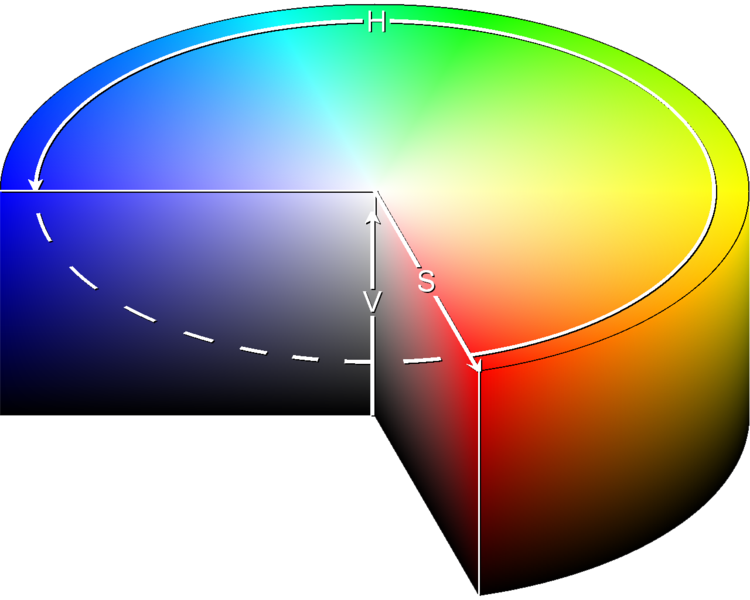JeremyLangford
I'd really Leica Leica
I understand that this is what we see as visible light.

But I'm trying to understand what shade of gray that different colors have when it hits Black and White film or when it is converted to grayscale. Here is visible light after I converted it to grayscale.

If Black and White film simply records different shades of gray, than how do we know what shade of gray a certain color will have? And if each color has a different shade of gray, than why can't we convert a Black and White image into color?
I've been trying to understand color theory and color as grayscale for a while and I just can't grasp anything from Google searches.

But I'm trying to understand what shade of gray that different colors have when it hits Black and White film or when it is converted to grayscale. Here is visible light after I converted it to grayscale.

If Black and White film simply records different shades of gray, than how do we know what shade of gray a certain color will have? And if each color has a different shade of gray, than why can't we convert a Black and White image into color?
I've been trying to understand color theory and color as grayscale for a while and I just can't grasp anything from Google searches.
Last edited:









